The liver is the body’s central metabolic organ. 하지만, in recent years, fatty liver disease has quietly become a “silent killer” threatening health.
영지버섯, often revered as a “divine herb,” has consistently demonstrated outstanding performance in boosting immunity and aiding in protection against chemical liver injury, making it a favorite among health enthusiasts.
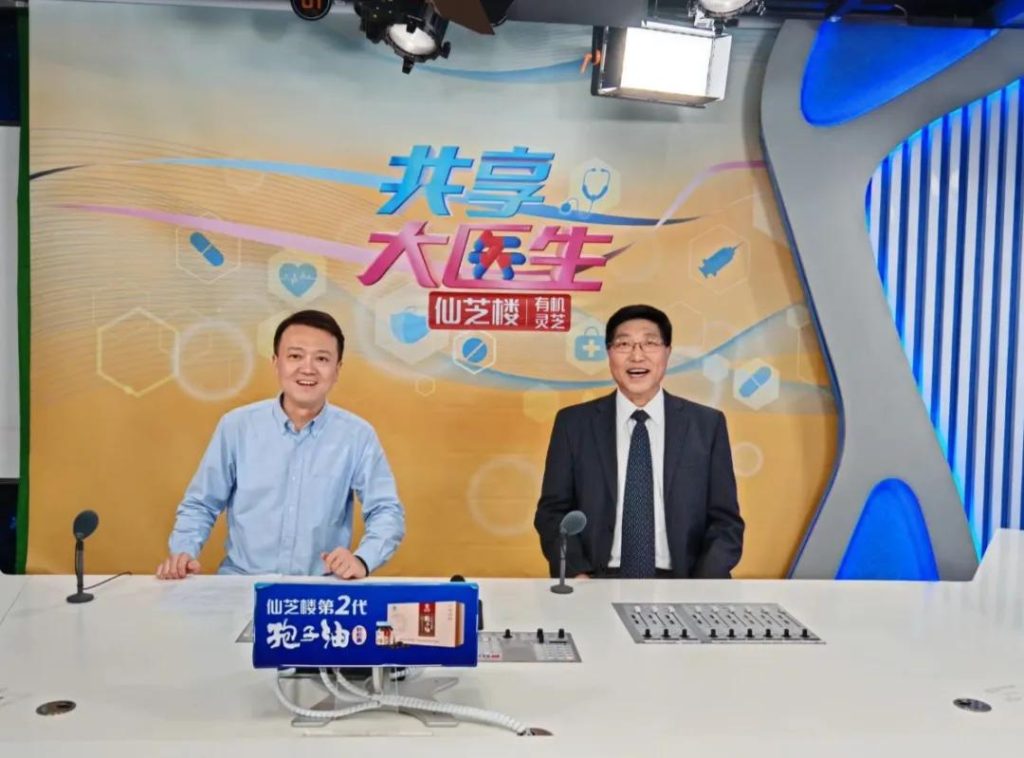
Professor Yang Baoxue of Peking University Joins “Shared Grand Doctors” Live Broadcast
On the evening of May 8th, Professor Yang Baoxue from Peking University was a guest on the “Shared Grand Doctors” live broadcast, specially presented by GanoHerb. He delivered a captivating presentation on the topic of “영지버섯 for the prevention and treatment of fatty liver.” From the perspectives of traditional medicinal foods and modern research, he analyzed the scientific connection between 영지버섯 and liver health. The session was packed with valuable information, so be sure to save it!

1. Fatty Liver Trend Towards Younger Demographics: Four Crucial Development Stages
Data shows that the prevalence of fatty liver in adults in China is nearly 30%, and among obese individuals, it can exceed 35%, with a significant trend toward younger demographics. 그래서, what exactly is fatty liver?
Professor Yang Baoxue pointed out that fatty liver is a metabolic disease caused by excessive fat accumulation in the liver, primarily divided into alcoholic and non-alcoholic types.
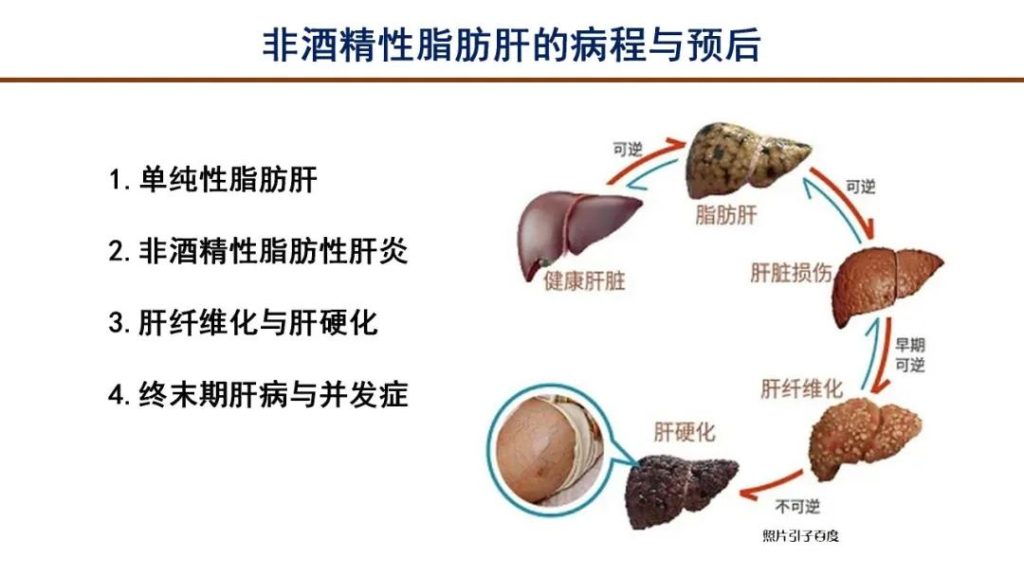
Its development is divided into four stages:
1) Simple Fatty Liver: Characterized by fatty degeneration of liver cells. Timely intervention can lead to complete reversal.
2) Steatohepatitis: Accompanied by inflammation and abnormal liver function. 약 20%-40% of patients progress to liver fibrosis.
3) Liver Fibrosis and Cirrhosis: Involves structural damage and nodule formation, significantly increasing the 10-year liver disease mortality rate.
4) End-stage Liver Disease and Complications: Leads to fatal complications such as ascites and liver cancer.
2. The Auxiliary Role of Ganoderma Lucidum: Decoding Ganoderic Acid A
그만큼 “Pharmacopoeia of the People’s Republic of China” describes 영지버섯 as having a sweet taste and neutral nature. It acts on the Heart, 폐, Liver, and Kidney meridians. Its functions and indications include replenishing Qi to calm the mind, relieving cough, and abating panting.
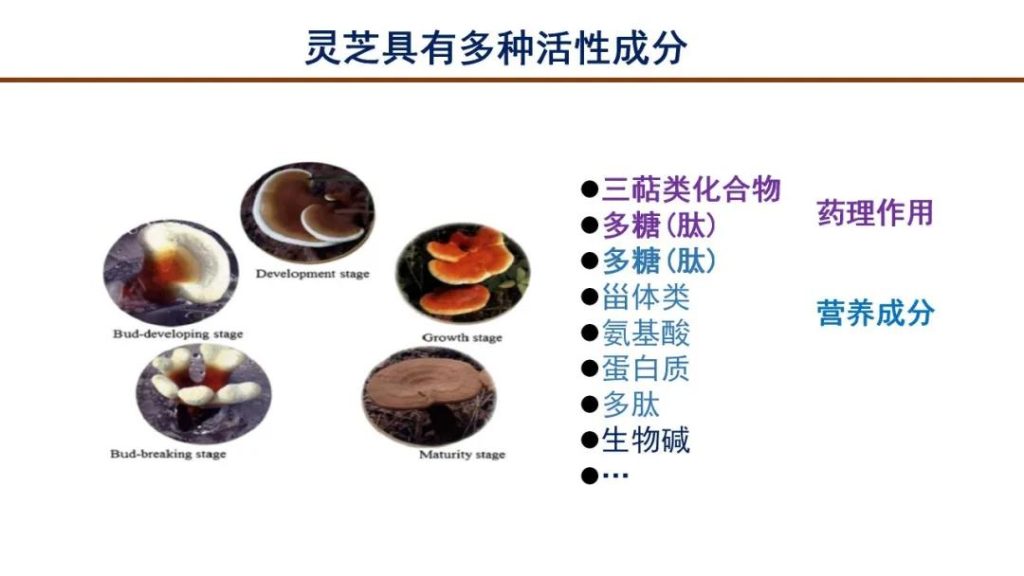
The fruiting body of 영지버섯 contains pharmacologically active ingredients such as polysaccharides, 트리테르펜, 스테롤, and small molecular proteins. These possess pharmacological effects such as regulating immune function, promoting metabolic balance, enhancing injury repair, and improving resistance to damage.
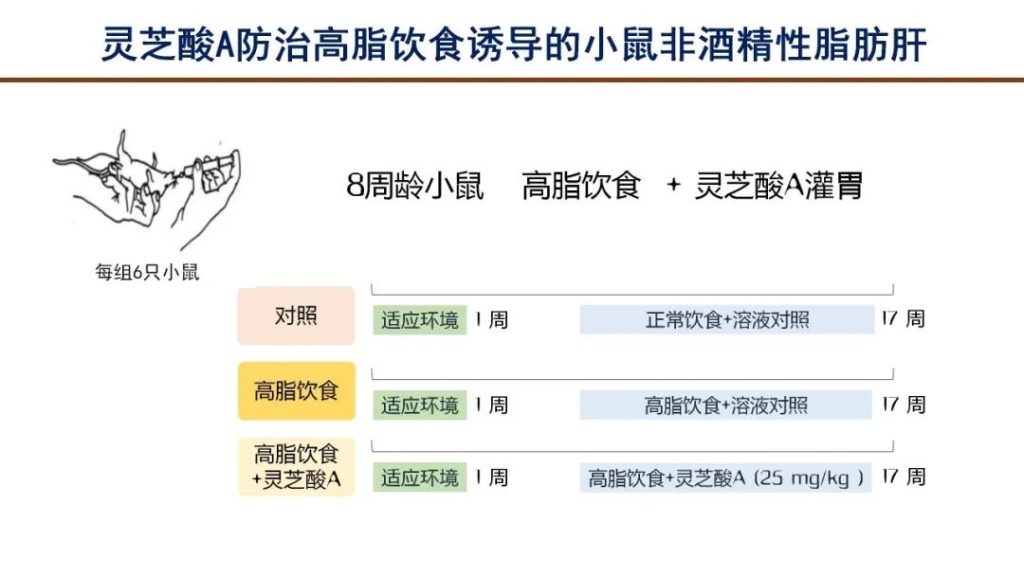
Professor Yang’s team, through 16 years of research, discovered that Ganoderic Acid A, one of the core active components of 영지버섯, has a significant effect in improving fatty liver:
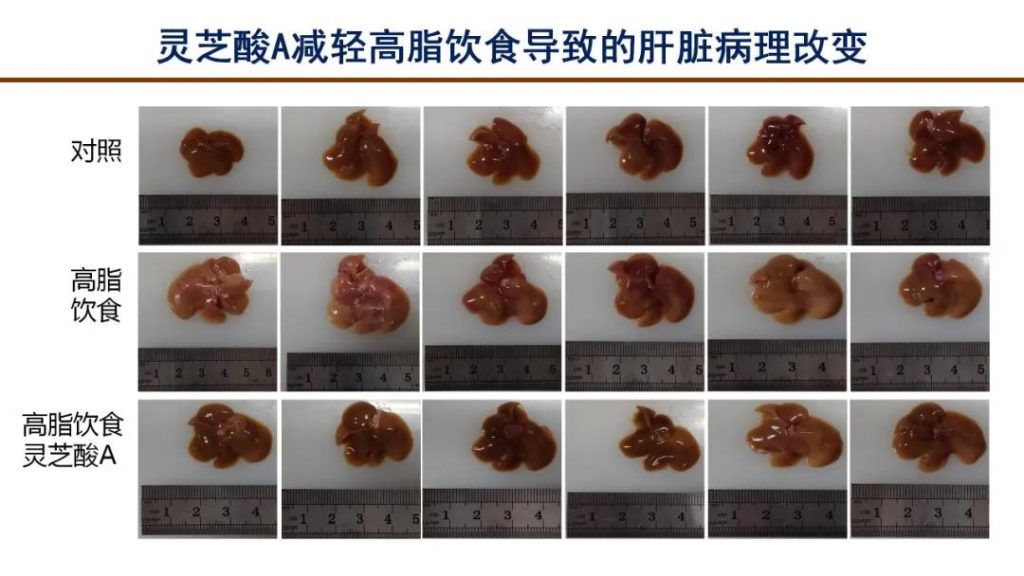
* Observation by Naked Eye: The livers of mice on a high-fat diet appeared noticeably yellow and enlarged, while the appearance of the livers in the Ganoderic Acid A intervention group was close to normal.
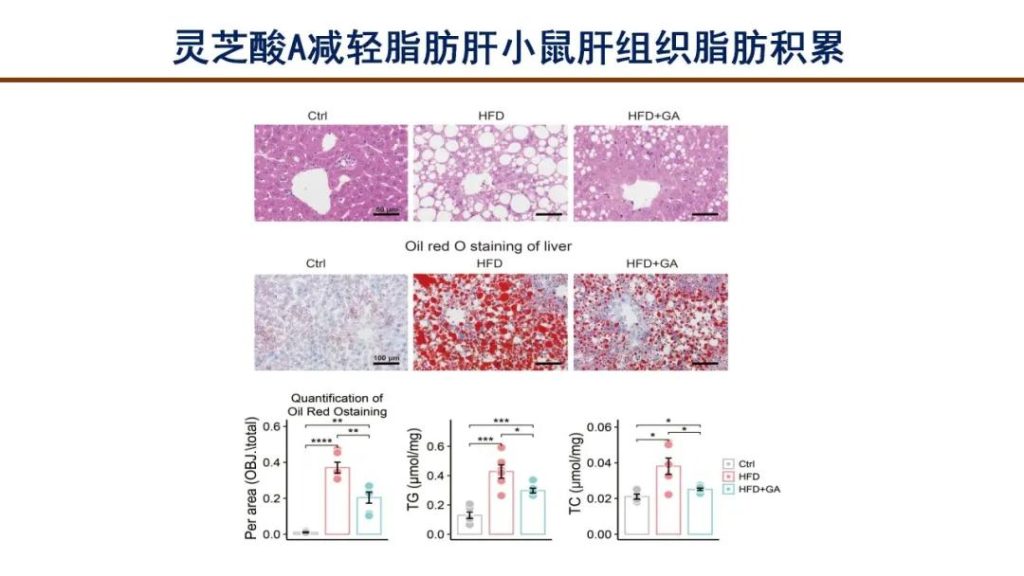
* Pathological Analysis: The liver tissue in the high-fat diet group showed a large number of fat vacuoles. Ganoderic Acid A significantly reduced the number and size of these vacuoles.
* Fat Detection: Oil Red O staining showed that Ganoderic Acid A significantly reduced hepatic fat accumulation.
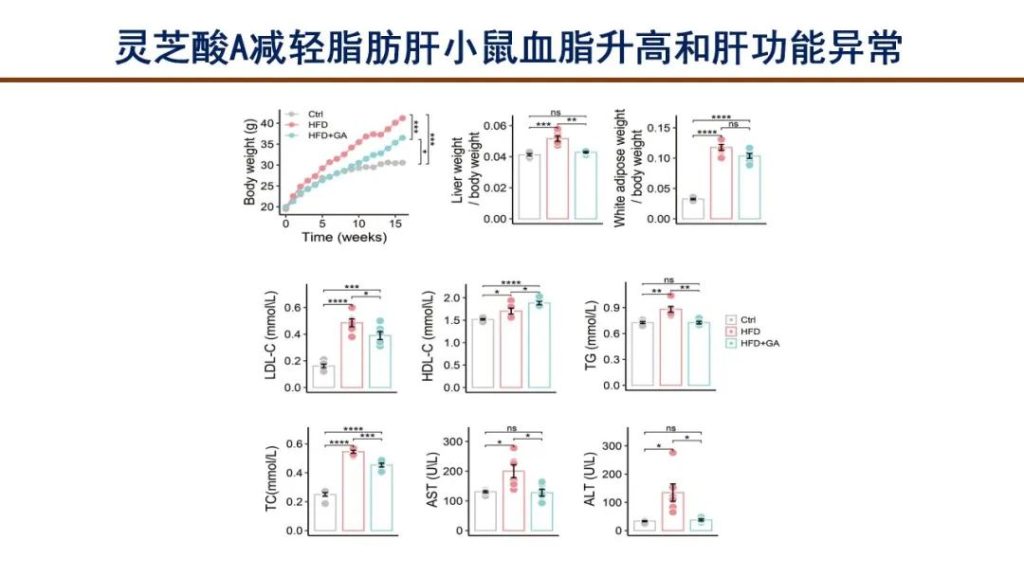
* Functional Improvement: It also improved hyperlipidemia and abnormal liver function caused by a high-fat diet.

또한, some literature reports that taking 영지버섯 has a pharmacological effect of improving fatty liver in humans.
3. How to Properly Consume 영지버섯: Professor Yang’s Recommendations
Regarding the audience’s concern about “how to properly consume 영지버섯,” Professor Yang provided professional advice:
1) Some prefer 영지마 조각, while others prefer 영지마 포자 가루. You can choose based on your personal consumption habits.
2) 영지버섯 needs to be used in conjunction with dietary control and exercise to be more effective in improving fatty liver.
3) Consistent consumption of 영지버섯 is key; it is recommended to continue for at least 3 개월 이상.
4) Do not pursue expensive products; always pursue effectiveness. Choose products with a government approval number and a brand, such as health foods with the “Little Blue Hat” 심벌 마크. Prioritize standardized products that specify their polysaccharide and triterpene content.
Professor Yang also reminded everyone at the end of the live broadcast:
1. 영지버섯 cannot replace lifestyle interventions or pharmaceutical treatments (예를 들어, Vitamin E, pioglitazone). It should only be used as an adjunctive therapy an1.d must be used in combination as directed by a physician.
2. Begin with a small initial dose to avoid gastrointestinal discomfort.
3. Diabetic patients should be aware that 영지버섯 may enhance the hypoglycemic effect, requiring close monitoring of blood glucose levels.
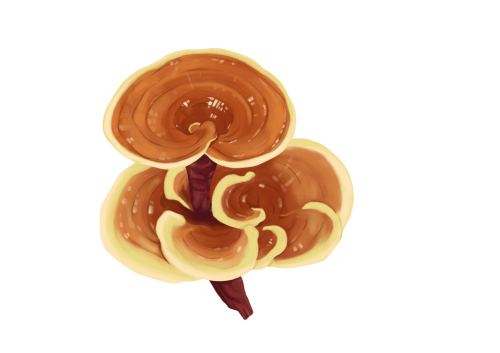
At the conclusion of the live broadcast, Professor Yang urged: “Correctly understand 영지버섯 and apply it scientifically.” He also reminded the public to combine its use with healthy dietary habits and appropriate exercise, avoid exaggerated claims, and make rational product choices. As recorded in Shennong Ben Cao Jing (The Divine Farmer’s Materia Medica), the wisdom that “장기간의 소비 영지버섯 makes the body light and prevents aging” must be based on science and supported by a healthy lifestyle.



